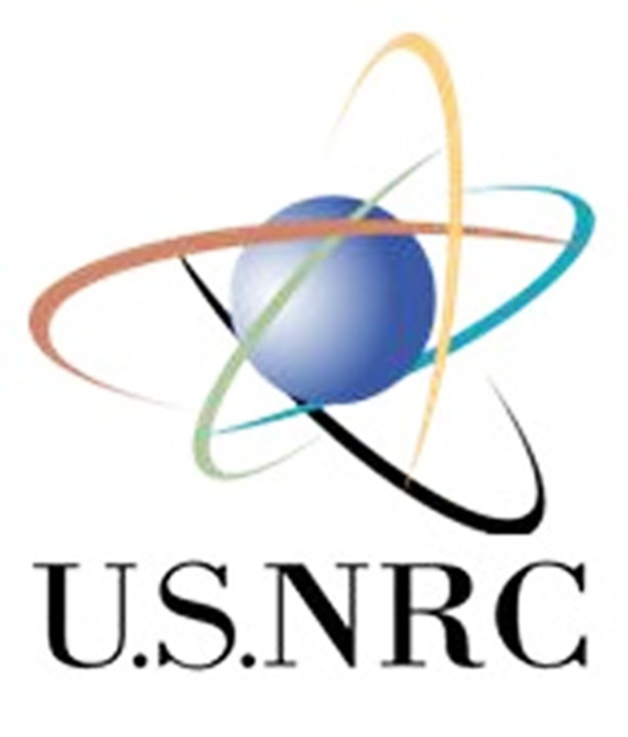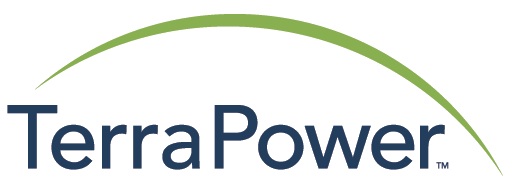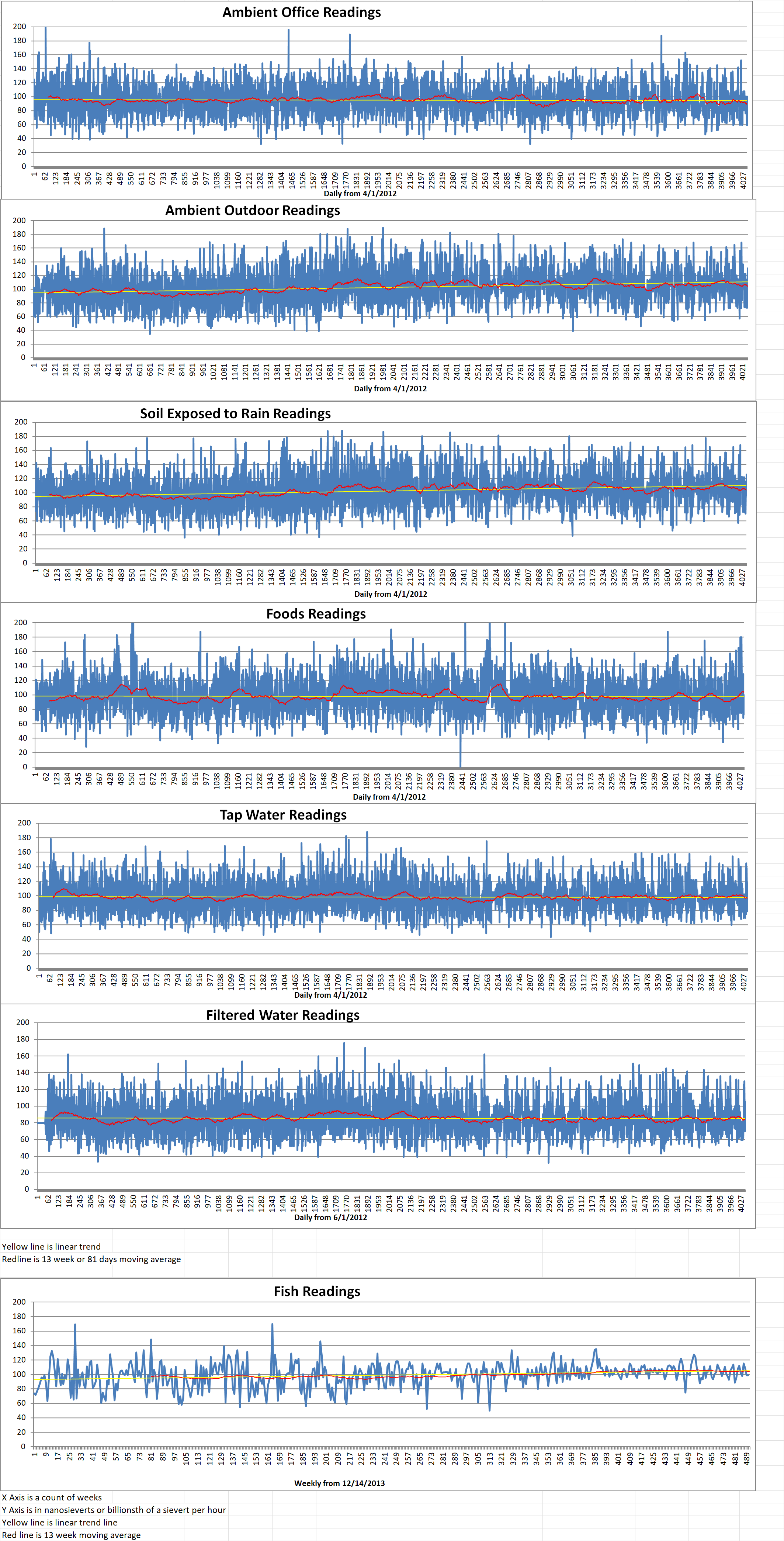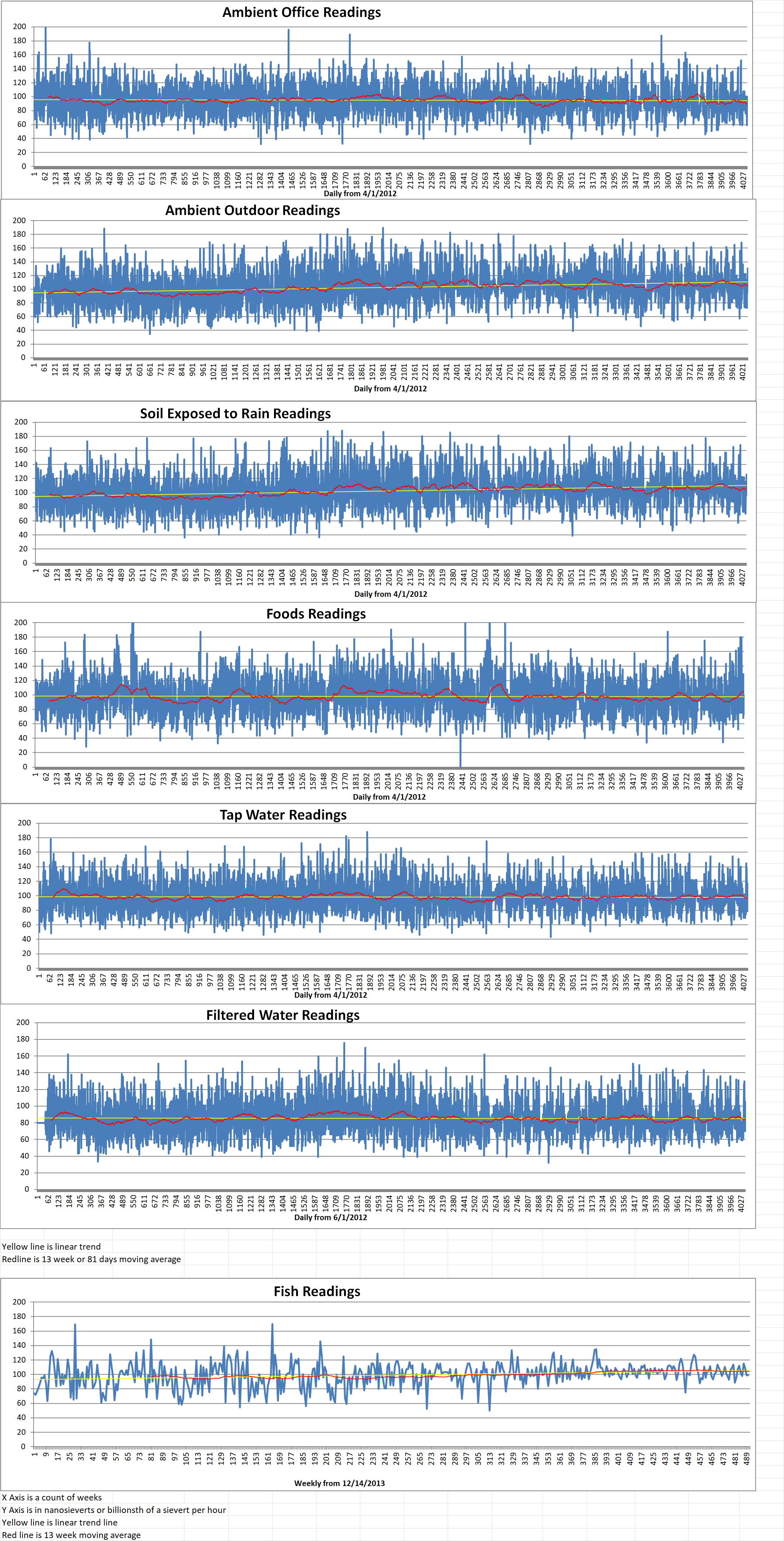Part 2 of 2 Parts (Please read Part 1 first)
Typically, the complex and difficult NRC review can take seven years or more to complete. There is no guarantee that the project in question will receive final approval. Last year, the NRC denied Oklo Power, LLC’s application to construct a “fast reactor” in Idaho for allegedly failing to supply sufficient information on the facility’s design.
TerraPower is embarking on its first NRC licensing attempt. It hopes to win approval much sooner, however, thanks in part to the 2019 Nuclear Energy Innovation and Modernization Act. The law was championed by Senator John Barrasso (R-Wyoming). It set a maximum review timeline of thirty-six months. Additionally, TerraPower expects to assist the NRC to trim that timeline even further by filing information ahead of schedule.
The process all depends on TerraPower submitting thorough information that does not require many requests to get answers to ignored questions, according to the NRC.
Jessup said, “If we have all of these discussions and address all of these topics before the application even comes in, then you would expect that it may make the review go faster.”
Many locals are eager for the potential economic boon the four-billion-dollar project might bring to this region. Its economy has long relied on the diminishing coal industry to power the economy. However, many of the same people, and others, are concerned about the high-stakes risks that come with the nuclear facility.
With respect to the question about checking for seismic activity, the NRC said that they are aware that there is seismic activity in the Rock Mountain Region.
Several residents, including Representative Scott Heiner (R-Green River), asked when the spent nuclear fuel might be transported to a permanent storage facility. Heiner asked, “Is there a permanent solution for waste that is being worked on at this time?”
The NRC responded that there is no permanent nuclear fuel waste repository in the U.S. at this time. Although, the NRC staff in attendance indicated that they “anticipate” one will be constructed, others have long indicated that there is no clear path to the construction of a permanent repository. Such a repository has been discussed for decades.
The U.S. government passed the Nuclear Waste Policy amendments in 1987 promising a spent nuclear fuel repository. In 2002, Congress approved an old salt mine under Yucca Mountain in Nevada as the site for the repository in 2002. Millions were spent preparing the site until politics resulted in the cancelation of the project in 2011. There will not be such a repository in the U.S. before 2050 at the earliest. For the present, that means that spent nuclear fuel will be “temporarily” stored on site.
The NRC also took questions about how nuclear fuel will be transported to the facility and how the safety of those radioactive materials will be ensured. The NRC, along with several other federal agencies, closely manages the transportation of such radioactive materials in cooperation with state agencies, according to NRC staff. A specific plan will be worked out in the NRC’s review.
NRC representatives also reassured locals that they will maintain partnerships with the local emergency managers and state environmental authorities.
Blog
-

Nuclear Reactors 1302 – NRC Answered Questions About Pilot Natrium Project From Citizens In The Kemmerer, Wyoming Area – Part 2 of 2 Parts
-
Nuclear News Roundup November 07 2023
West Virginia lawmakers hear advance nuclear reactor updates wvnews.com
South Korea, Britain vow closer ties in nuclear energy sector en.yna.co.kr
River Bend nuclear power plant shut down temporarily after feedwater issue wbrz.com
Why Milwaukee is seeking insurance against nuclear weapons for Republican National Convention Jsonline.com
-

Geiger Readings for November 07, 2023
Ambient office = 84 nanosieverts per hour
Ambient outside = 128 nanosieverts per hour
Soil exposed to rain water = 131 nanosieverts per hour
Serano pepper from Central Market = 102 nanosieverts per hour
Tap water = 117 nanosieverts per hour
Filter water = 106 nanosieverts per hour
-

Nuclear Reactors 1301 – NRC Answered Questions About Pilot Natrium Project From Citizens In The Kemmerer, Wyoming Area – Part 1 of 2 Parts
Part 1 of 2 Parts
TerraPower is backed by Bill Gates and the U.S. Department of Energy (DoE). It plans to construct the pilot “Natrium” liquid-sodium-cooled nuclear energy plant in Kemerer, Wyoming. TerraPower hopes that its success will spur the deployment of Natrium and other small nuclear reactors (SMRs) around the world.
The next-generation nuclear technology presents a variety of considerations for the Nuclear Regulatory Commission (NRC). It would also be the first industrial nuclear facility in Wyoming. The local people have many questions including whether or not the NRC takes seismic activity into account, when the spent nuclear fuel be shipped to a permanent storage facility and, will there be regular NRC inspections.
Senator Dan Dockstader (R-Afton), however, shares another concern that is front and center for locals who are eager for the economic boost that developers promised: Can the NRC accelerate the approval process “if you get the right people into place?” He said, “I’m running out of time planning and creating legislation to make sure this all comes together.”
Dockstader was among more than one hundred local residents who came to the NRC’s two information in Kemmerer recently. The NRC sent a dozen staff member to this isolated southwestern Wyoming town of two thousand four hundred to take questions about what many anticipate will be an expedited review process.
TerraPower and its contractors have already drilled more than a hundred boreholes in Kemmerer to help “investigate” the suitability of the chosen location, according to the company. It plans to begin building the sodium testing facility and other non-nuclear portions of the three hundred forty-five megawatt Natrium nuclear reactor plant in 2024.
The new commercial nuclear power plant will be “co-located” next to PacifiCorp’s Naughton power plant just outside Kemmerer. One coal-burning furnace at the plant was converted to nuclear gas. The two remaining coal-burning units will be converted to natural gas in 2026.
Before TerraPower can start assembling the nuclear components, however, it must complete a licensing application that can pass the NRC’s review process. There will be several opportunities for the public to weigh in on the proposal. The NRC expects to receive TerraPower’s application and begin the official process in March.
William Jessup is NRC’s Chief of Advanced Reactor Licensing. He said, “Now is an opportune time to conduct this initial outreach and to explain the analysis process of reviewing applications for construction and operation.”
Natrium uses molten sodium as a coolant instead of water. Although the NRC is developing a new review process specific to “advanced” reactors such as Natrium, TerraPower has tentatively agreed to seek approval via the long existing “Part Fifty” review. It includes multiple review tracks, each with safety and environmental components. One review considers a construction permit. A second review considers an operating license. The process requires the NRC to produce an environmental impact statement. All of the reviews include public input and multiple opportunities for the normal administrative and legal challenges that come with bit federal permitting activities.
Please read Part 2 next -
Nuclear News Roundup November 06 2023
Sweden plans ‘massive’ expansion of nuclear energy world-nuclear-news.org
UK ‘should emulate South Korea’ on new nuclear world-nuclear-news.org
Work on Xudabao unit 1 gets under way world-nuclear-news.org
Scare For 140 Crew Members As Royal Navy’s Nuclear Submarine Sinks To “Danger Zone”: Report ndtv.com
-

Geiger Readings for November 06, 2023
Ambient office = 81 nanosieverts per hour
Ambient outside = 130 nanosieverts per hour
Soil exposed to rain water = 126 nanosieverts per hour
Serano pepper from Central Market = 100 nanosieverts per hour
Tap water = 115 nanosieverts per hour
Filter water = 103 nanosieverts per hour
-
Nuclear News Roundup November 05 2023
Sweden Plans Huge Investment In Nuclear Power barrons.com
Sri Lanka seeks investors for nuclear power plants reuters.com
South Korean Admiral Claims That Nuclear-Powered Submarines Are Necessary navalnews.com
Turkmenistan Joins International Nuclear Safety Conventions caspiannews.com
-

Geiger Readings for November 05, 2023
Ambient office = 74 nanosieverts per hour
Ambient outside = 95 nanosieverts per hour
Soil exposed to rain water = 97 nanosieverts per hour
Red bell pepper from Central Market = 100 nanosieverts per hour
Tap water = 108 nanosieverts per hour
Filter water = 95 nanosieverts per hour
-
Nuclear News Roundup November 04, 2023
Move To Update Nuclear Gravity Bomb Concerns Catholic Leaders, Peace Advocates osvnews.com
IAEA Looks Ahead to the Future of Nuclear Law iaea.com
UN nuclear watchdog warns of Iran’s enriched uranium news.yahoo.com
Navy chooses Boston as commissioning site for USS Massachusetts nuclear submarine nbcboston.com
-

Geiger Readings for November 04, 2023
Ambient office = 73 nanosieverts per hour
Ambient outside = 130 nanosieverts per hour
Soil exposed to rain water = 126 nanosieverts per hour
Jalapeno from Central Market = 76 nanosieverts per hour
Tap water = 117 nanosieverts per hour
Filter water = 105 nanosieverts per hour
Dover Sole from Central = 102 nanosieverts per hour
